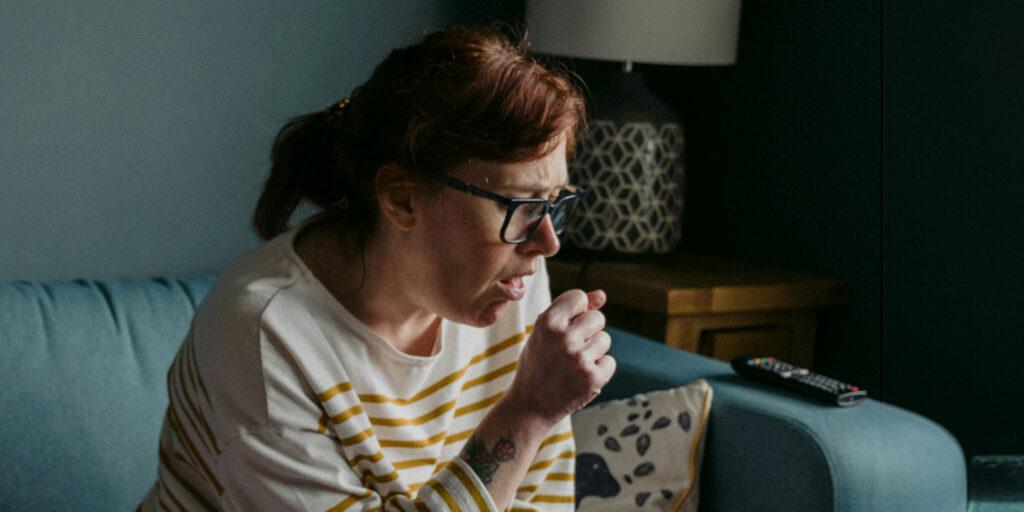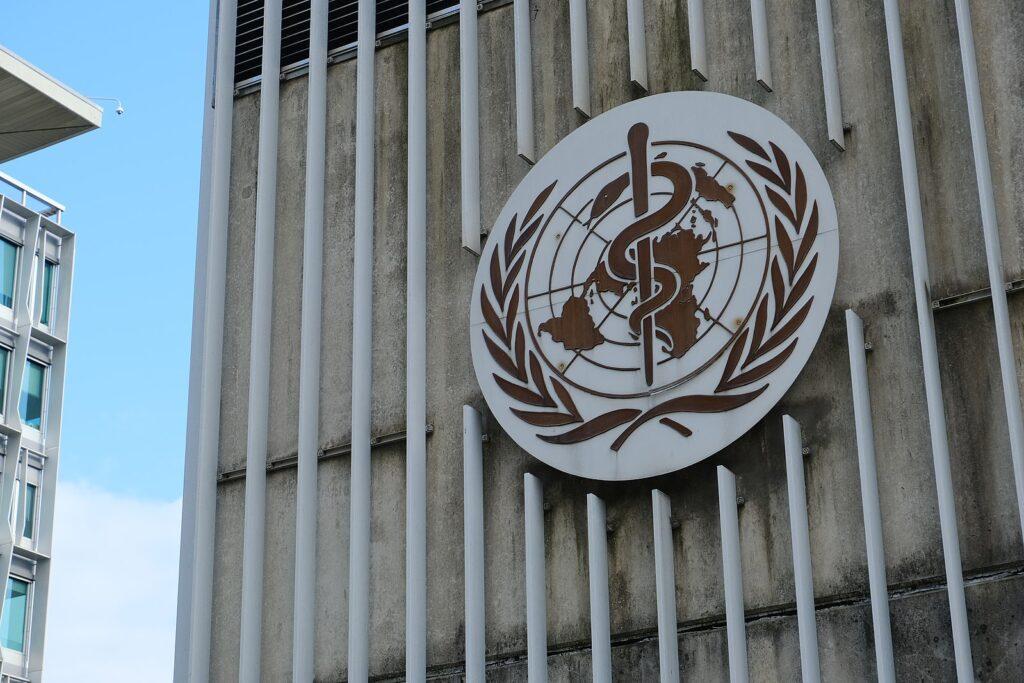Frequently in the past three years, police and politicians have referred to the “bad optics” of particular situations. Cases in point could include an anti-terrorist squad firing at demonstrators in the Melbourne CBD or a pregnant woman being manacled in her own home for the crime of putting up a Facebook post supporting an anti-lockdown protest. Optics is how things appear, metrics how they can be measured – in short, how things really are. Governments naturally prefer good optics; their voters should prefer metrics. These can often be hard to obtain as governments are reluctant to let go of what they would prefer to hide, but enough have surfaced for the consequences of Victorian government actions over the past three years to be known.
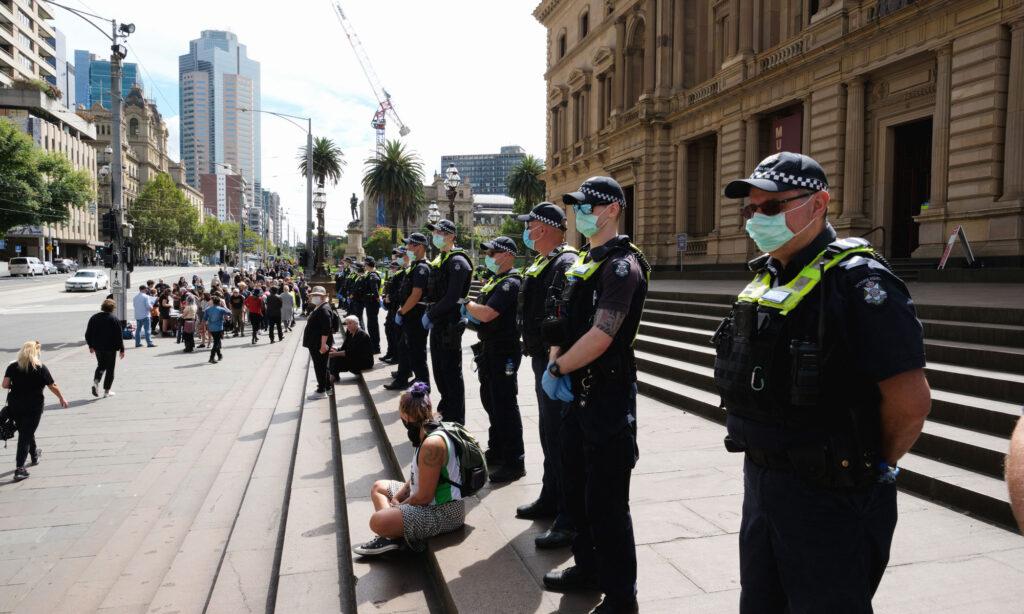
(Photo: Graham Drew)
The metrics cover the entire field, including health – mental as well as physical – the economy and infrastructure. Picking into the ragbag of statistics, we can take out mental health and look at what was revealed from a suppressed government report leaked late in 2021. The deficiencies in Victoria’s mental health services had already been widely criticised when on December 7 last year, under the heading “Victorian teen mental health crisis surge revealed”, The Australian newspaper disclosed the contents of a report prepared by the Victorian Agency for Health Information (VAHI), a government body and not an NGO as the name might indicate.
According to this report, a mental health pandemic gripping teenagers and young adults was of “major concern.” The demand for mental health services was substantially higher than in previous years. The report revealed that an average 336 children or teenagers suffering a mental health emergency had been admitted to hospital in the six months to June 2021. The case numbers for children up to the age of 17 represented a 46 percent increase over 2020 and a 37 percent increase over the same period in 2019. The report linked the trauma experienced by these children to the “pandemic” and to lockdowns.
The sharpest increase was recorded in serious “intentional self-harm/suicidal ideation.” A weekly average of 154.5 cases in which children were rushed to hospital emergency departments represented a 72 percent increase over 2020 and a 61 percent increase over 2019. A weekly average of 37.5 most serious cases – children requiring resuscitation or other emergency treatment – represented a 76 percent increase over the same six months in 2020 and a 145 percent increase over 2019. This is not information the public was allowed to know. VAHI reports are not released to the public: and doctors who might be sent a report by mistake are instructed to destroy it. As the metrics are hidden, we have no leaked report for 2022.
On another health front, the media reported on September 11 that more than 3000 people had died “of COVID” in aged care residences so far in 2022, almost triple the number of deaths in 2020/21. Specific federal Department of Health and Aged Care statistics refer to 3702 deaths by August 12, compared to 686 deaths in 2020 and 231 in 2021.
Further statistics show that, as of August 12, 611,480 doses of COVID vaccines had been delivered to aged care residences across Australia. Most residents (80 to 100 percent) had been triply vaccinated and then had been given a fourth dose more than three months after the third. The questions that arise seem reasonable: why are people “vaccinated” three or four times still registered as dying from COVID-19 and is there a connection between “vaccination” and these deaths?
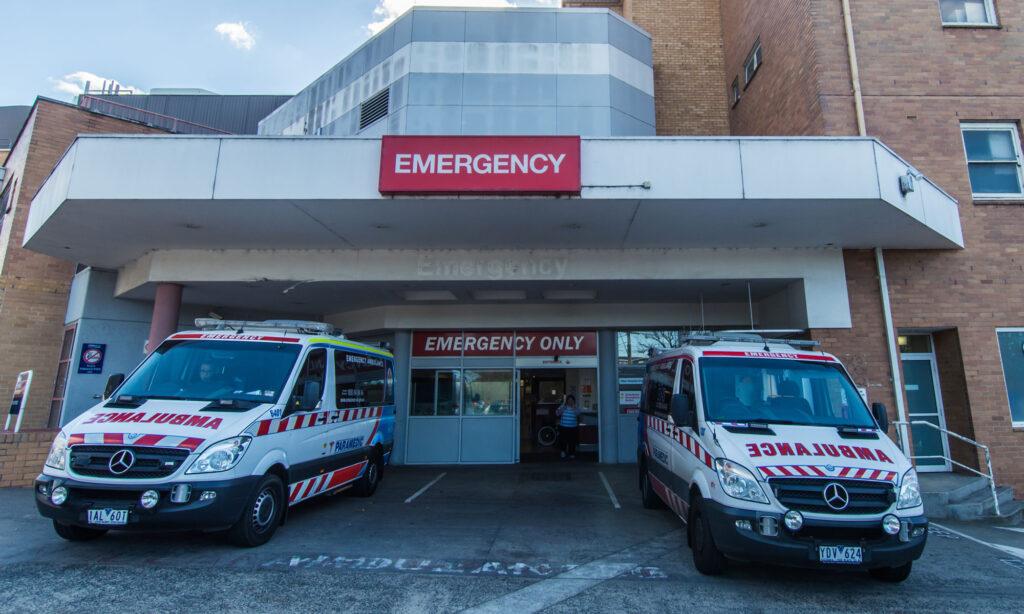
On health questions, again, Victoria’s state health system was widely regarded as being in crisis well before the onset of the COVID-19 panic in early 2020. In the latest report to cause shock, the death of more than 30 Victorians in 2022 was linked to the failure of ambulances to reach them in time: one caller to 000 had to wait 76 minutes for a response according to The Guardian.
On the economic front, as of June 30, 2021, according to a report appearing on Macrobusiness.com.au, under the heading “Victoria becomes Australia’s debt capital” (3 November 2021), Victoria’s gross household disposable income per capita ($50,559) is listed as the second lowest in Australia after South Australia ($49,475). By comparison, NSW’s is $55,445.
The table below shows that since the global financial crisis of 2008, Victoria has been the lowest performing state in terms of both Gross State Income per capita and of Gross Domestic Product.
| State | Gross State Income | Gross State Product |
| Victoria | 1.7% | 2.22% |
| Queensland | 4.6% | 4.6% |
| South Australia | 7.8% | 7.1% |
| NSW | 10.7% | 9.5% |
| Tasmania | 17.5% | 15.9% |
| NT | 18.1% | 22.6% |
| ACT | 23.3% | 22% |
| WA | 56.6% | 21.5% |
At the macro level, according to the Australian Financial Review, in an article headed “Victoria State Debt” (10 December 2021), Victoria’s state debt will soon soar to a record $200 billion, “making it the most indebted state in the country and its residents among the poorest.” Even in the state budget delivered on May 5 this year, the net state debt was projected to reach $167.5 billion by June, 2026. This is higher than the combined state debt ($159.2 billion) of NSW, Queensland and Tasmania. Standard and Poor’s, the international rating agency, estimates that Victoria’s state debt will reach around $215 billion by 2025, compared to less than $50 billion in 2019. In 2021, Victoria was stripped of its AAA credit rating, reduced to AA by Standard and Poor’s and by Moody’s to AA1. To whom does the state owe this massive amount of money? Bondholders are a prime source. State bonds bring in a modest but safe return over the years. However, as the same bonds are auctioned and then can be resold over and over again on the global secondary market, they end up beyond the control of the state government.
In July 2020, Victoria recorded its first budget deficit in 30 years, with the state $7.5 billion in the red: by November 2020 this had jumped to $23 billion. For the financial year 2022-2, the deficit is estimated at $17.6 billion. While all Australian states have deficits, none is as large as Victoria’s.
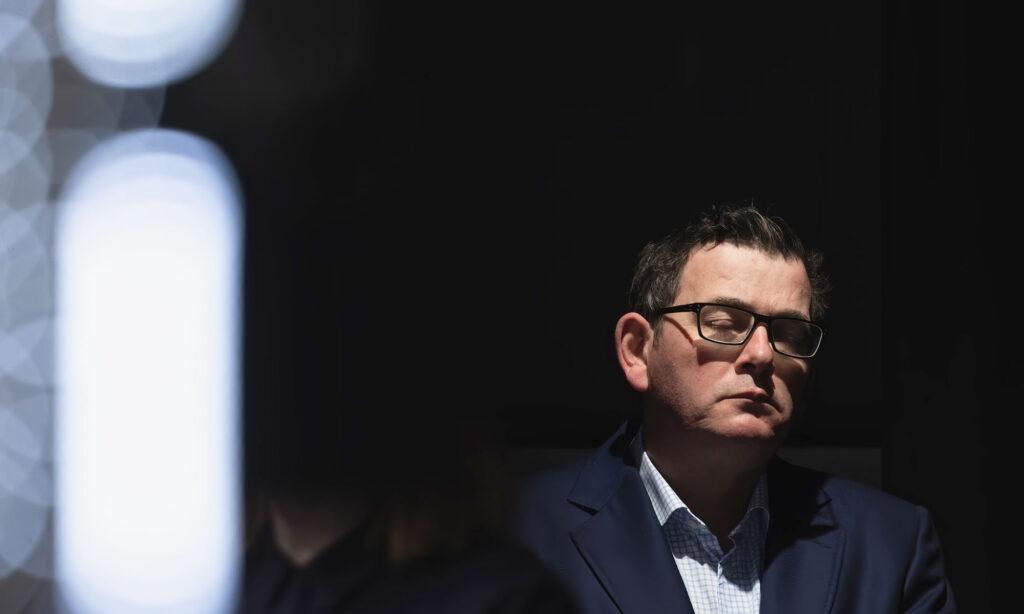
What the figures show is that Victoria’s debt is far greater than its revenue stream will be able to pay off in the foreseeable future. Yet the government continues to plunge the state further into debt with massive infrastructure projects whose costs are already eclipsing original estimates: the suburban rail loop is now estimated to cost $200 billion compared to the original $50 billion. This project and others (the West Gate Tunnel and the Metro Rail Project, both with heavy cost overruns) will not be completed for many years when, presumably, the present generation of politicians will no longer be in office and no longer answerable to the voters who put them there.
These are some of the metrics. There are plenty more. They explain why the politicians are far keener on the optics.

